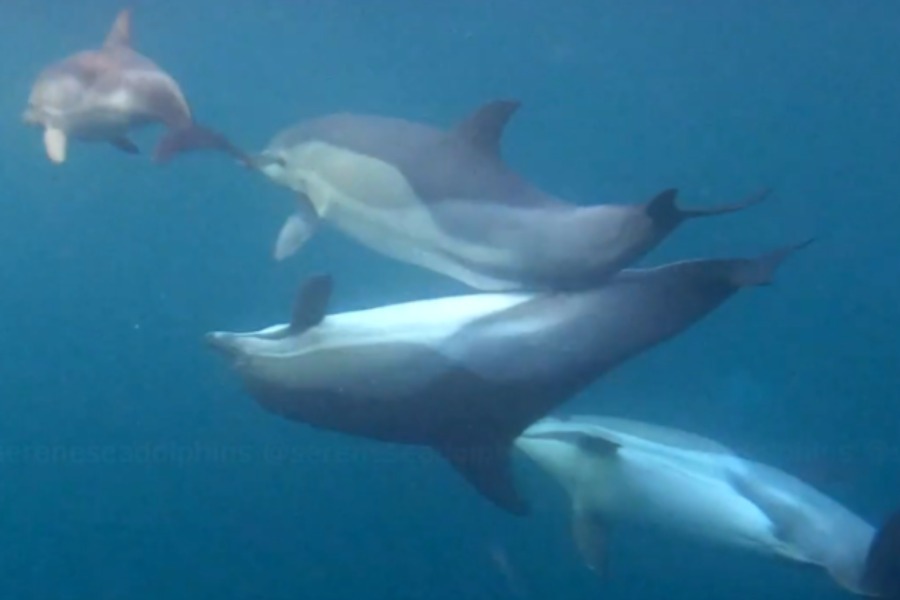The Gulf of Corinth is located in the Ionian Sea between the Greek mainland and the Peloponnese peninsula. It is home to a unique population of dolphins (approximately 1,300 individuals) with a mix of several species, including common dolphins (Delphinus delphis), Risso’s dolphins (Grampus griseus) and striped dolphins (Stenella coeruleoalba). The individual with the “thumb” turned out to be a striped dolphin.
Unusual fin at the same time, according to scientists, does not look like a manifestation of the disease. According to Francis, its appearance may be the result of a gene mutation resulting from constant interbreeding within a small population.
Cetaceans, a group of marine mammals that includes whales, dolphins and beluga whales, have evolved forelimbs with many bones that resemble finger phalanges. They resemble human hands but are encased in soft fin tissue. Macroevolution specialist Bruna Farina believes that this means that dolphins have thumbs, although they are hidden.
Earlier it was reported that a whale helped American biologist Nan Hauser to escape from a six-metre shark. He picked her up on a fin and towed her to the side when he noticed the predator approaching.

